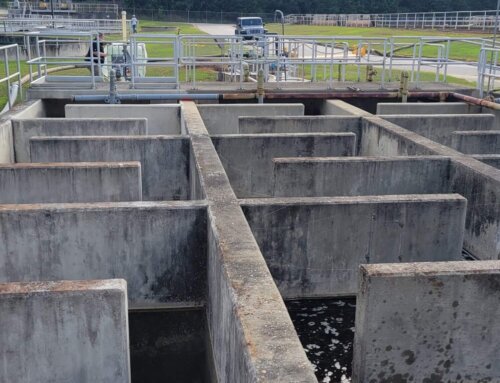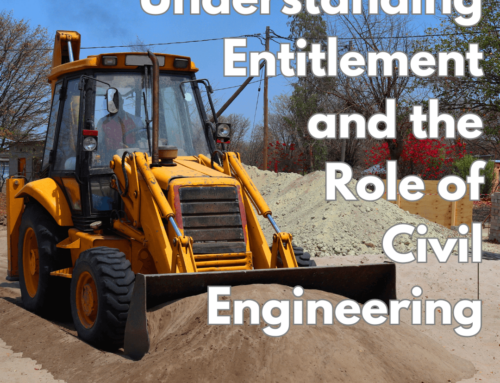America’s ability to successfully overcome natural disasters like floods, tornadoes, earthquakes and pandemics would not be possible without the assistance of civil engineers. With highly specialized expertise in creating, designing, and managing construction of disaster recovery projects, civil engineers have always been and remain on the front lines when disaster help is needed.
Disaster Mitigation and Civil Engineering
Disaster mitigation is the minimization of suffering experienced by affected individuals after a natural disaster. Civil engineers provide humanitarian and commercial disaster relief by:
- Building new shelters or rebuilding damaged shelters to house people displaced by disasters
- Developing and streamlining logistical strategies for reducing food and water shortages to hard-hit communities
- Dealing with lack of or insufficient communication systems impaired by natural disasters
- Preventing the spread of infectious diseases by ensuring sanitation systems such as sewage and water plants remain operational and accessible by disaster victims
- Facilitating evacuation routes via rebuilt transportation equipment to escort individuals to safer, cleaner locations
- Initiating rebuilding of failed dams and levies by utilizing knowledge gained by the failure for preventing similar, future disasters
Structural, geotechnical, transportation, water resource, and environmental civil engineering are several areas of expertise essential for mitigating the impact of a natural disaster. By thoroughly investigating the sweeping consequences of all types of natural disasters, civil engineers continue building on research results to improve on development of integrated prevention management and measures.
Civil Engineer Operations During a Natural Disaster
When earthquakes occur that are strong enough to damage building foundations or destroy buildings, a geotechnical engineer will begin examining why and how buildings collapsed in order to develop architecturally stronger building designs to significantly reduce risks of future collapse.
Hydraulic civil engineers specialize in building and restoring flood-control dams. Sudden or unexpected dam failures demand the attention of a hydraulic civil engineer to discover why the dam failed and how to rebuild the dam to prevent future structural compromises.
Environmental civil engineers are essential for mitigating toxic waste disasters resulting in contamination of a community’s water resources. Controlling aftereffects of a hazardous waste event may also involve a variety of civil engineers specializing in drainage augmentation, air pollution alleviation or protection of site workers from harmful radiation emissions.
Natural Disaster Civil Engineering in the 21st Century
Climate change is currently the greatest threat to expediting the collapse of America’s aging infrastructure. The increasing frequency of powerful weather events such as hurricanes, floods, tornadoes, and blizzards has transformed slowly deteriorating roads, bridges, and urban buildings into rapidly crumbling, dangerous structures.
By focusing on developing renovated designs and processes based on in-depth analysis of structural, environmental, and humane dilemmas during and after natural disasters, civil engineers remain critical to minimizing the impact of potential disasters affecting future communities.
For more information about our disaster recovery services, contact the civil engineering consultants at Keck & Wood today.







Leave A Comment